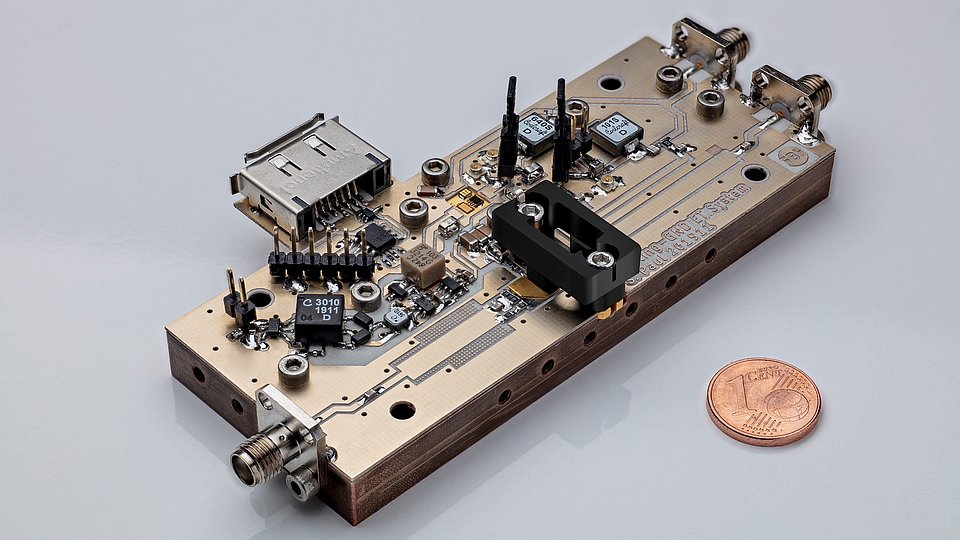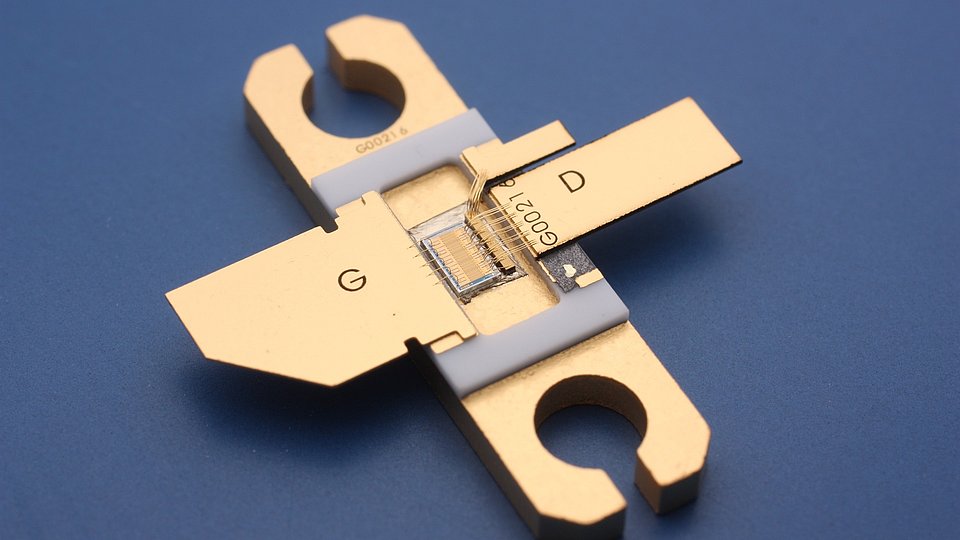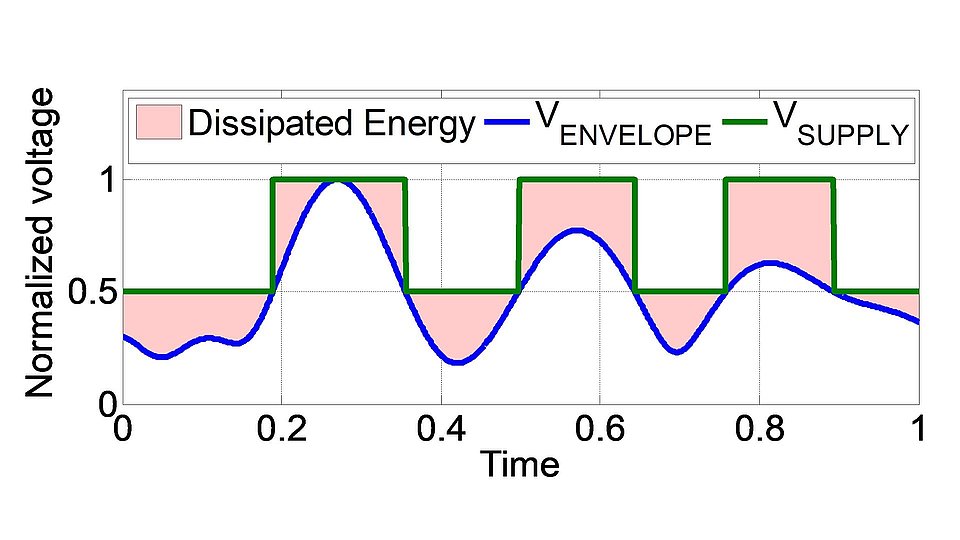Load & Supply Modulation
New solutions for RF power amplifiers must be efficient. The CO2 emission must be reduced but for information and telecommunication technology (ICT) the energy consumption increases. This is partly due to the introduction of higher frequency systems that fulfill our increasing need for higher data rates. Load and supply modulation are old concepts for efficiency enhancement that now find new applications to help us break this trend. They are particularly promising for wideband modulated power amplifier systems for modern telecommunication systems with large crest factor, i.e. large peak-to-average power ratio (PAPR). Such systems are developed and investigated in our RF Power Lab.
In general, the above-mentioned power amplifier systems are known as multiple-input systems. The modulated RF carrier accounts for one input and the control signal for the load or supply modulator as the second. Such systems with dual input and single output (DISO) enable flexible solutions for efficiency improvement at back-off output power but they require more efforts in design and modelling.
Current research focus
In the past we developed bread-board solutions for power applications ranging from 10 – 200 W in the RF frequency range below 6 GHz. In the past years we have changed focus and work mainly on MMIC solutions targeting efficient solutions for satellite communication in Ka-band (17 - 20 GHz) and for 5G-FR2 in the mmWave range (24 – 26 GHz) now.
The efficient MMIC power amplifier cells with output powers in the 10 W range are then combined as building-blocks for larger systems for beam-forming and MIMO.
In such large array systems, the RF power amplifier cells interact with each other. This cross-coupling is what we will investigate in the new 5G-MIMO measurements setup. In the future each power amplifier will be combined with a 3D integrated antenna to be measured over-the-air (OTA).





